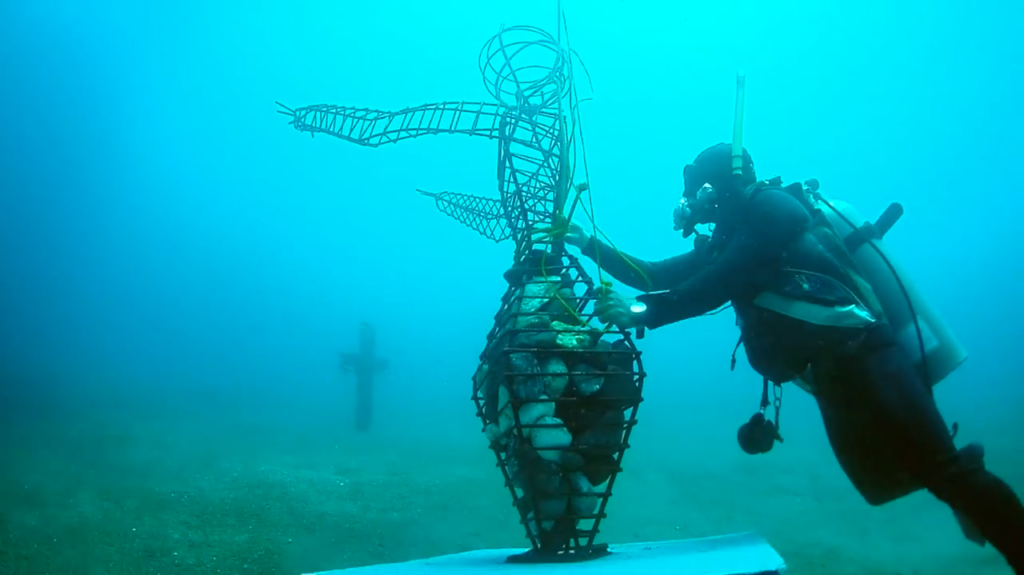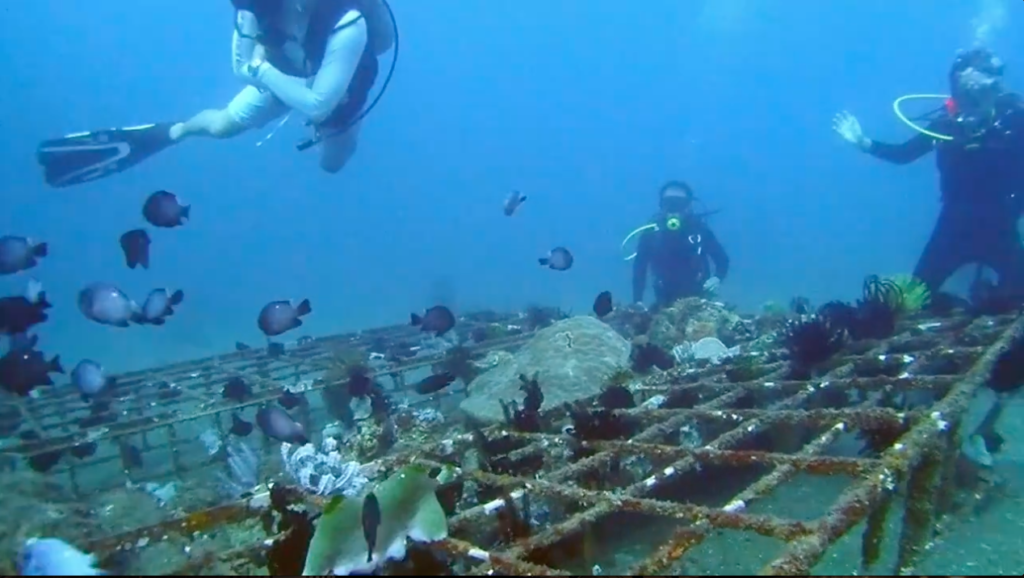https://www.facebook.com/permalink.php?story_fbid=327872267770155&id=299844290572953
Words by Matthew Mendiola
What if all coral reefs died? The catastrophic effect this would have on the environment cannot be understated. These vibrant, otherworldly “rainforests of the sea” happen to provide an important ecosystem for about a quarter of all marine life. The ripple effect doesn’t end below the surface. Corals dying would also mean the loss of livelihood for communities that depend on the reefs.
Sadly, pollution, overfishing, and global warming are destroying corals. The Philippines, which has about 25,000 square kilometers of reef systems, has lost a third of its corals in the last two decades according to renowned marine biologist and Head of De La Salle University Department of Biology, Dr. Wilfredo Y. Licuanan.
Prevention of coral reef damage should always precede coral restoration efforts, but nevertheless, something has to be done. Corals are living organisms, and they’re in danger.
But, all is not lost. The good news is–it isn’t too late yet, which is why environmental conservation organization Paraiso Bay Sands Inc. is initiating an effort to redeem the reefs in degraded areas around the Verde Island Passage (Click here if you would like to help out).
https://www.facebook.com/299844290572953/photos/a.299928483897867/299929257231123/?type=3&theater
The Philippines falls within the Coral Triangle, a region that has more species of corals than any other marine areas in the world. The Verde Island Passage happens to be situated in, as Paradiso Rito CEO Charlie Gamboa describes, the “center of the center” of marine biodiversity in the world.
https://www.facebook.com/ParadisoRito/photos/a.191947467948035/413153632494083/?type=3&theater
This means that the area is teeming with life – it has the most abundant variety of marine species you could find. And it is this slice of beauty that this team of dedicated divers, marine biologists, and enthusiasts with a shared love for nature hopes to protect and preserve.
To rehabilitate the reefs, the team deployed underwater metal and rock substrates, sculpted by artist Fil dela Cruz for corals to latch on to and for giant clams to rest on. Dela Cruz said that art is meant to enrich lives figuratively, but in this case, art enriches life literally by giving life. The team pride themselves in this ambitious project, a collaboration with nature, wherein they have become co-creators.
https://www.facebook.com/ParadisoRito/photos/a.155832718226177/448971188912327/?type=3&theater
https://www.facebook.com/ParadisoRito/photos/a.191947467948035/413153422494104/?type=3&theater
The area is a haven for divers, and Paradiso Rito invites people to come and see for themselves the growing underwater community that they have helped rehabilitate.
You can be a part of Paraiso Bay Sands Inc.’s rescue mission to save the seas. Do your part for mother nature. Click here and donate to their Sustainable Environment Advocacy.
Link to Redeem the Reefs Spark Project Crowdfunding Page: https://www.thesparkproject.com/project/redeem-the-reef
ALSO READ: https://www.wheninmanila.com/your-favourite-sunscreen-might-be-harming-our-corals/






